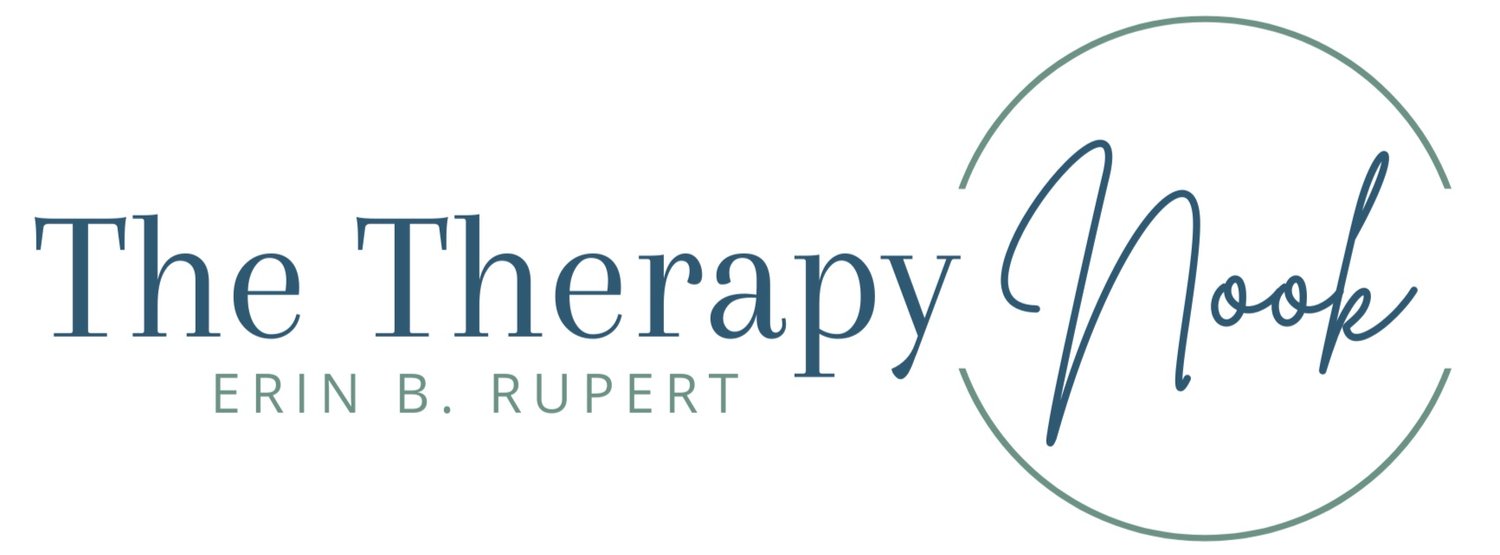TRAUMA THERPAY
You’re stuck in the past, and you want to move forward.
What is trauma?
The word trauma can mean something different depending on who you talk to.
Trauma is the emotional and somatic residue of an event that threatened physical, mental, or emotional safety. Trauma is not the event itself, but, according to Peter Levine, the “overwhelming trapped response to a perceived threat.”
Traumas do not need to be big to be impactful. Seemingly minor traumas (little t traumas) repeated over time can be just as influential as large-scale traumas (large T traumas). Examples of “minor” repeated traumas include being told your emotions don’t matter, being denied affection or positive affirmation, or having to live up to expectations not congruent with your value system. Traumas are not your fault, they are simply a response of the nervous system.
What are some trauma responses?
Difficulty concentrating and memory problems
Feeling detached from self or others
Agitated or on guard
Increased arousal and anxiety
Avoidance
Appeasement
Anger
Negative outlook
Shame
Increased substance use
Depressive symptoms: hopelessness, lethargy, lack of motivation, reduced interest
“Trauma is not in the event, but in the nervous system.”
Treating Trauma
Working through trauma is a slow, nonlinear process. Because trauma affects the function of the nervous system, we’ll develop resources to support the ability to return to a state of calm and safety. From there, we’ll slowly process traumatic events and the residue from those events using bottom-up approaches.
Bottom-up approaches use body-centered awareness to shift the felt experience of traumatic responses. This includes EMDR, Somatic Experiencing, and expressive arts. I use a combination of these approaches to address and integrate trauma.
Ready to get started?



